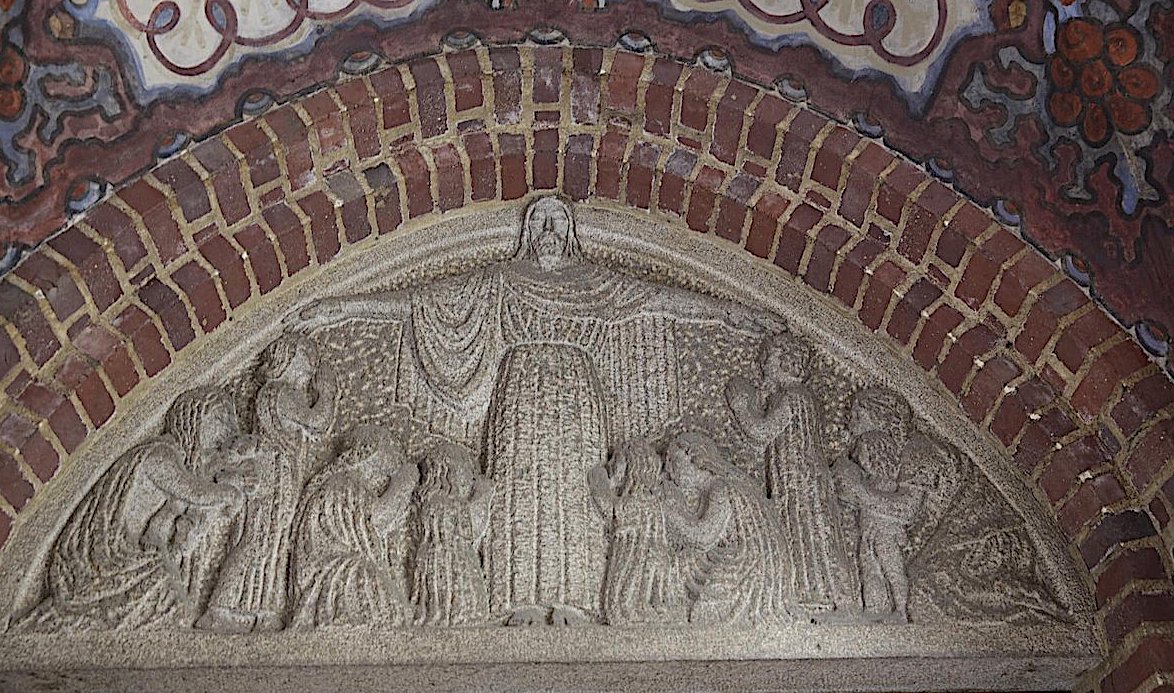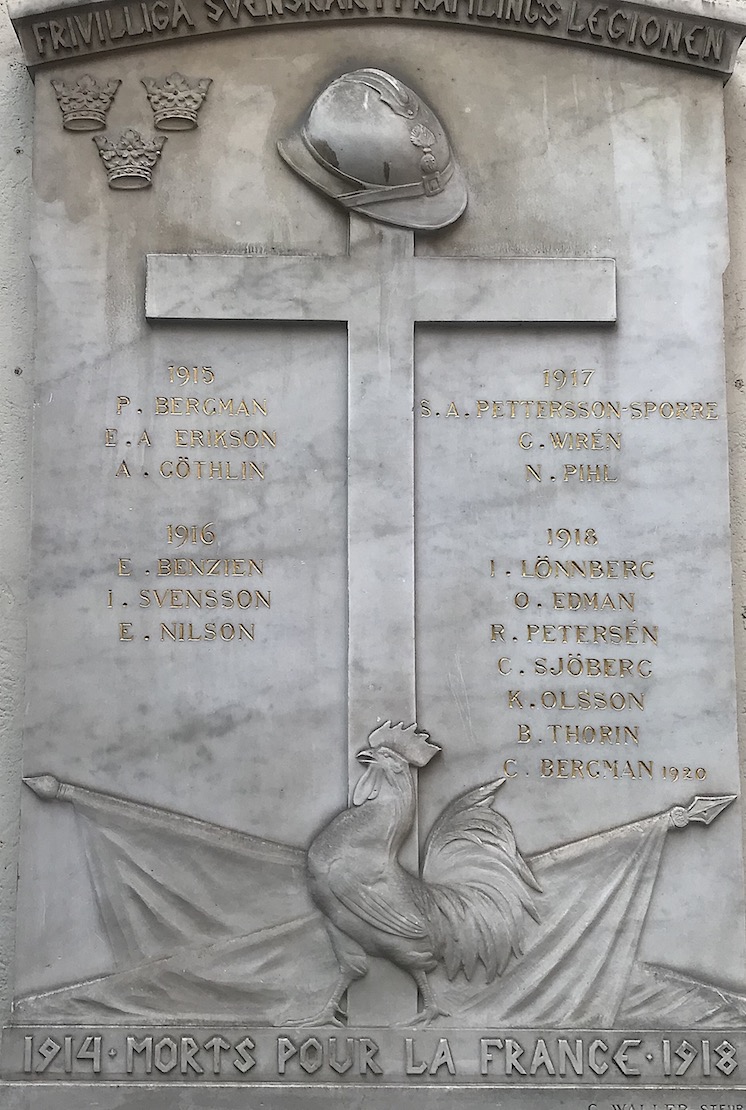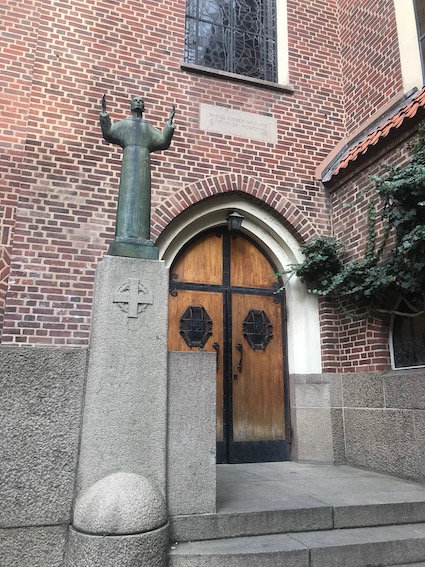



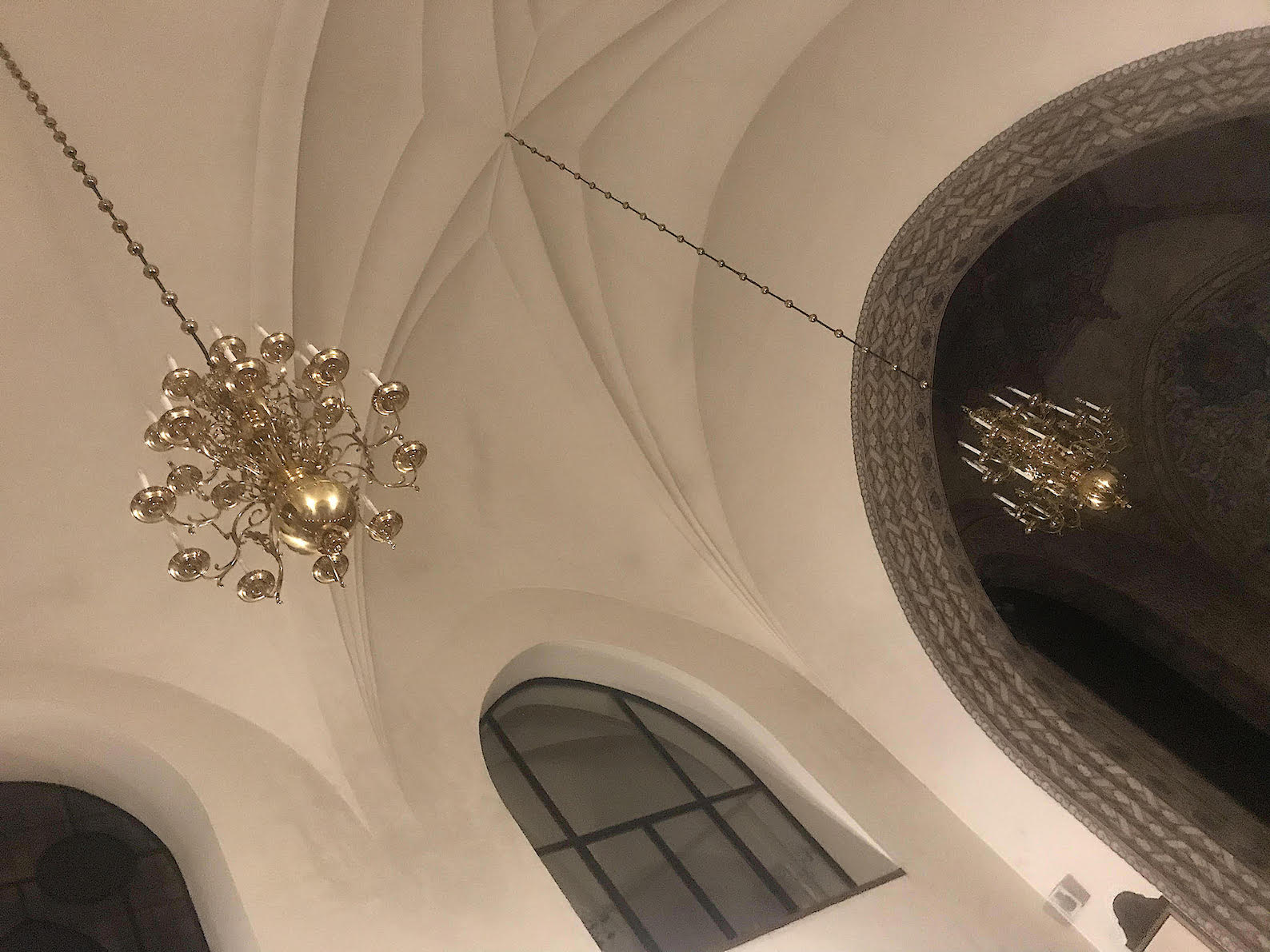
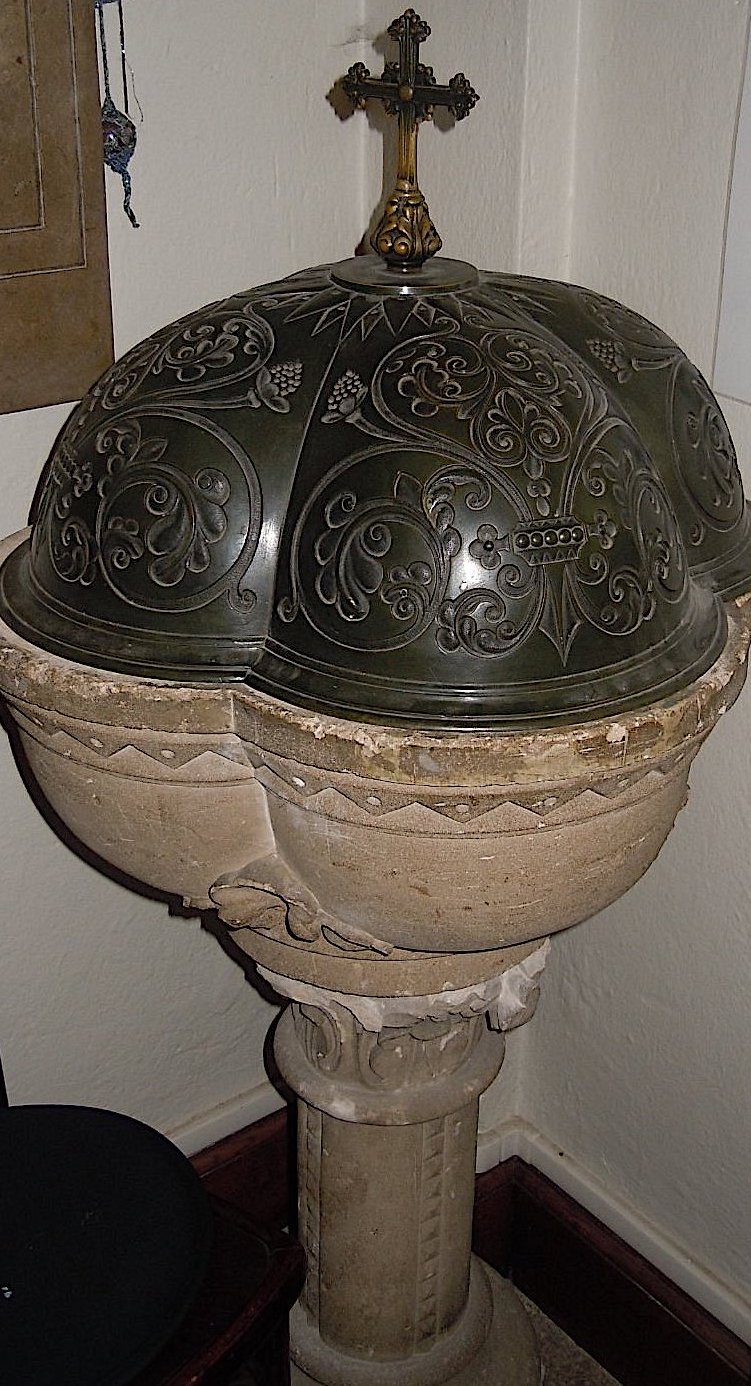
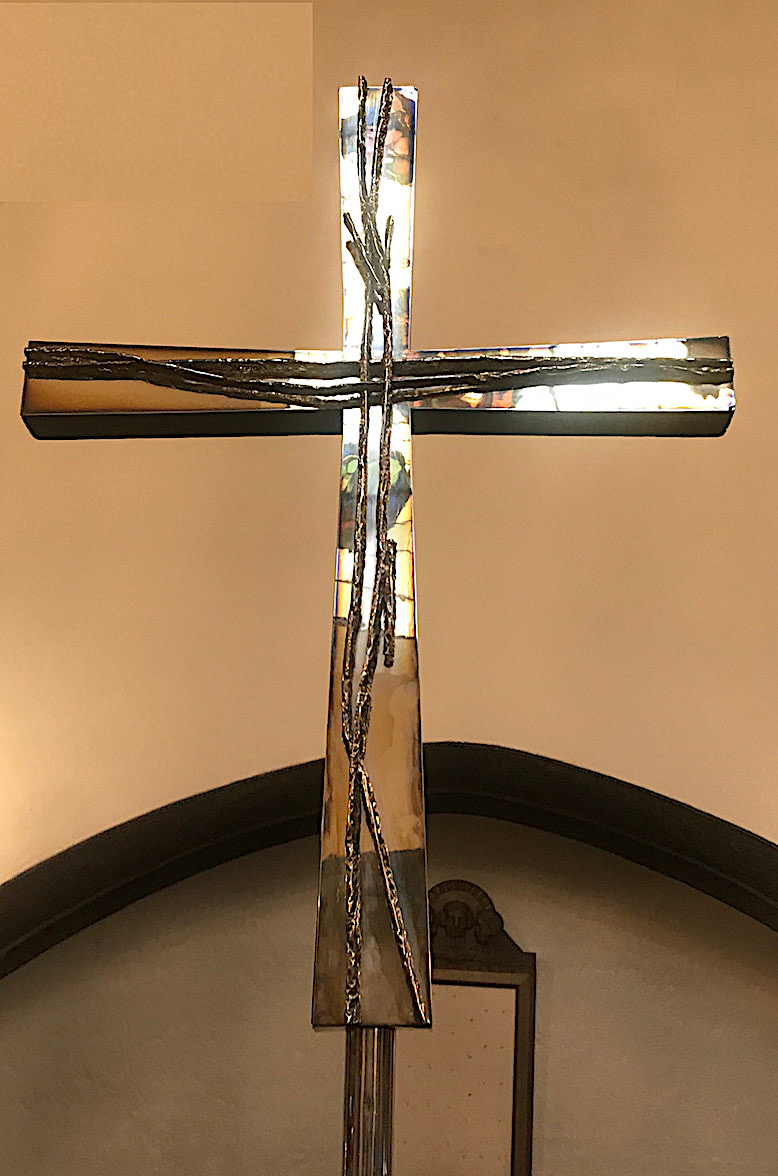

Lutherans have returned to the organization of the early Christian communities in ancient Rome. The hierarchy of religious interveners is simplified: the local communities of believers (the parish) are supervised by a pastor. The pastor is a layperson (without religious authority) who has received solid theological (religious) training in order to be able to lead a community. At the end of their studies, the pastor receives ordination, which is the recognition of their abilities and gives them the right to represent the Lutheran Church locally. They may be married and often have a family. In many Lutheran churches, women can be pastors. All pastors, regardless of their rank, have equal rights. The Lutheran Church has a fairly democratic organization. The pastor and a few laypeople form the presbyteral council, which manages the parish and decides on religious activities. Parishes come together in regional synods where both pastors and laypeople are found. Major religious orientations are debated there. At the national level, there is a national synod where delegates from regional synods sit. This plaque was created for the 300th anniversary of the parish of the Church of Sweden in Paris. To this day, it has had 32 pastors, about a dozen per century. A beautiful testimony to stability and longevity!


